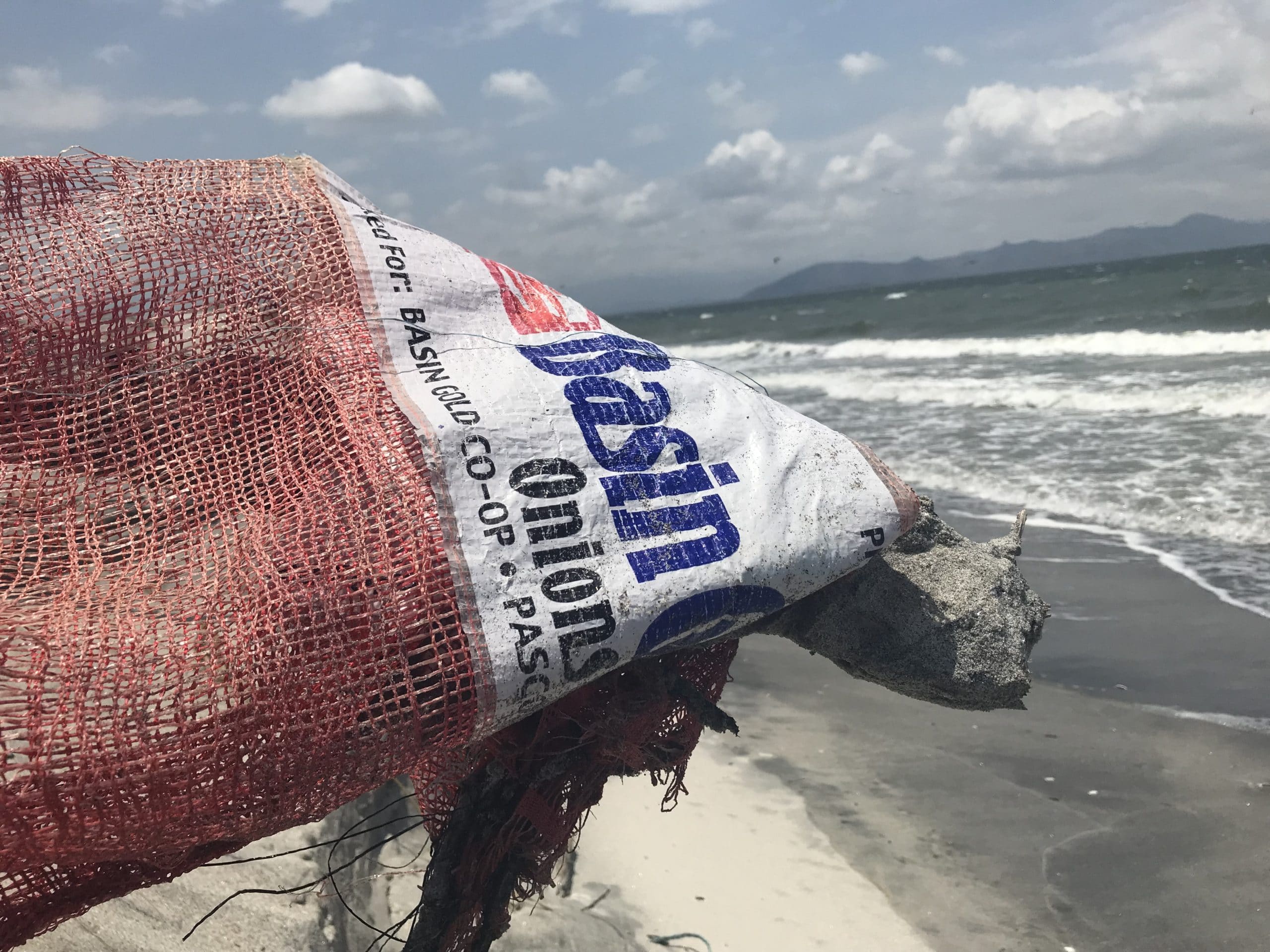Just a few paragraphs on plastic pollution and I will go horizontal on the sofa. Here we go:
25 years ago, sailor Charles J. Moore discovered the Great Pacific Garbage Patch. Researchers later found that most of the plastic pollution in GPGP came from China, Indonesia, the Philippines, Vietnam, Sri Lanka and Thailand. We got a problem.
20 years later, in 2017, the UN agreed that one day, no plastic litter should enter the ocean. Today, most people are fine with alternatives to plastic, recycling, and support ban on single-use plastics.
Still, plastic production remains high and millions of tons enter the ocean every year. Global plastic production will almost triple by 2060. Close to 460 million tons were produced in 2019. Our dependency on plastics is difficult to get rid of, and the fossil fuel industry is not too keen to stop it. 20 percent of the world’s oil production will go to plastic production at today’s pace.
Most of the plastic live longer than the Greenland shark which can get 500 years old. It doesn’t help that it slowly brakes down to small pieces and microplastic. It is still harmfull.

Plastic on the radar
Imagine a satellite photo showing how the weather will develop over the next days in lets say, Europe. Warm weather in the South, rain over England and mixed weather over Central Europe. Intuitively we see how rain and temperature move in different colours.
Plastic pollution costs
The lifetime cost to society, the environment and the economy of plastic produced in 2019 alone was US$3.7 trillion – more than the GDP of India – and unless action is taken, the cost of plastic pollution is set to double in 2040, according to the World Wildlife Fund.
What is new to tackle plastic pollution?
I wanted to check progress on four initiatives that I have written about earlier.
- Toy producer LEGO aims to replace plastic with sustainable material by 2030.
- Big companies making new products of recycled plastic
- Ocean Cleanup catching plastics in the GPGP
- Plastic bans
LEGO – standstill?
Plastic dependent toy maker Lego announced in March 2018 that the botanic pieces like leaves and trees will be made of organic plastic from now on. By 2030 all standard Lego and wrapping will be made of sustainable material. I tried to find news on how they make progress. A bit disappointing judging from their website.
Three years after the announcement, in 2021, LEGO announced the first prototype brick made from recycled plastic.
The EU by the way is not convinced that recycling is the thing since “we cannot recycle ourselves out of a growing stream of waste”.
Car and computer companies: Progress
Dell, General Motors and several others aim to recycle plastics into their products before it enters the oceans. The consortium members will also make products from ocean plastics. In 2021, the NextWave consortium prevented 959 metric tons from ever entering the ocean and made 337 premium products out of it – keeping the equivalent of over 257 million water bottles out of the ocean.
Several products have seen the light of day:
Bottle cage from Chilean fishing nets, payment cards and backpacks. Computers from plastic bottles in Haiti, bags, cushion covers and table cloths, office chairs, PC-bags, and carpets from fishing gear from Cameroon, Indonesia and the Philippines.
Ocean Cleanup: Progress
After months of testing and a failed attempt in December 2018, founder of Ocean Cleanup Dutch Boyan Slat, announced in October 2019 that the plastic collecting system works. The core idea is to use the ocean currents capturing plastic with the use of a huge U-shaped barrier in the Great Pacific Garbage Patch.
Last year, Ocean Cleanup removed 153,000 kg of plastic from the GPGP.
They also remove plastics from rivers. The boat Interceptor has floating barriers that feed trash into the boat’s mouth. A conveyer belt carries it into onboard dumpsters. It works autonomously around the clock gathering 50,000 kg of debris a day. It’s powered 100% by solar panels and automatically alerts onshore teams when it needs emptying.
Plastic ban: Progress
The EU approved in 2019 a ban on single use plastic from 2021. Other countries followed. Three years later, EU wants to ban mini-shampoo bottles in hotels and the use of throwaway cups in cafes and restaurants.
France banned use of plastics to package most fruit and vegetables in 2022 and in the food industry.
Beyond plastic
The solutions for the post-plastic society is still years in the future, according to the authors of «The future of plastics recycling» published in Science in november last year. They state that the effects of recycling will be limited even with economic and environmental incentives. Sorting plastics before it is recycled is costly and time consuming. It is energy intensive and the end product has low quality. Today’s technology does not effectively manage all the different types of plastics. New research points to better use of chemical recycling methods using less energy and that plastics of different types can be mixed to avoid sorting.»
To what extent the industry itself actually is pushing the agenda is also a question. Plastics should be phased out altogether, according to some critics. Recycling is just a way for the oil industry to continue its business.
Featured image: The most used sunbed on my mother in law’s summer cabin bougth second hand.